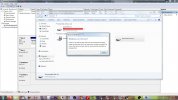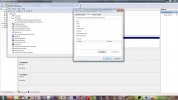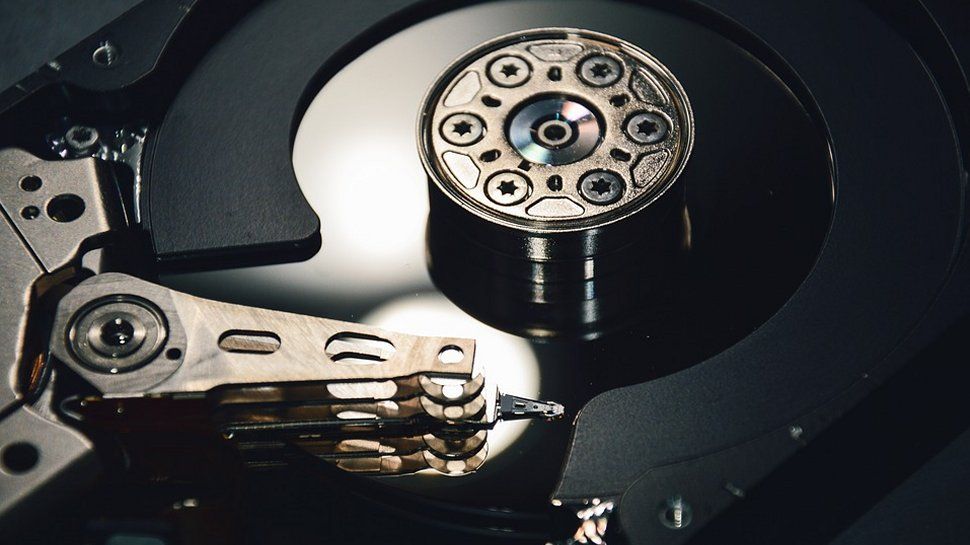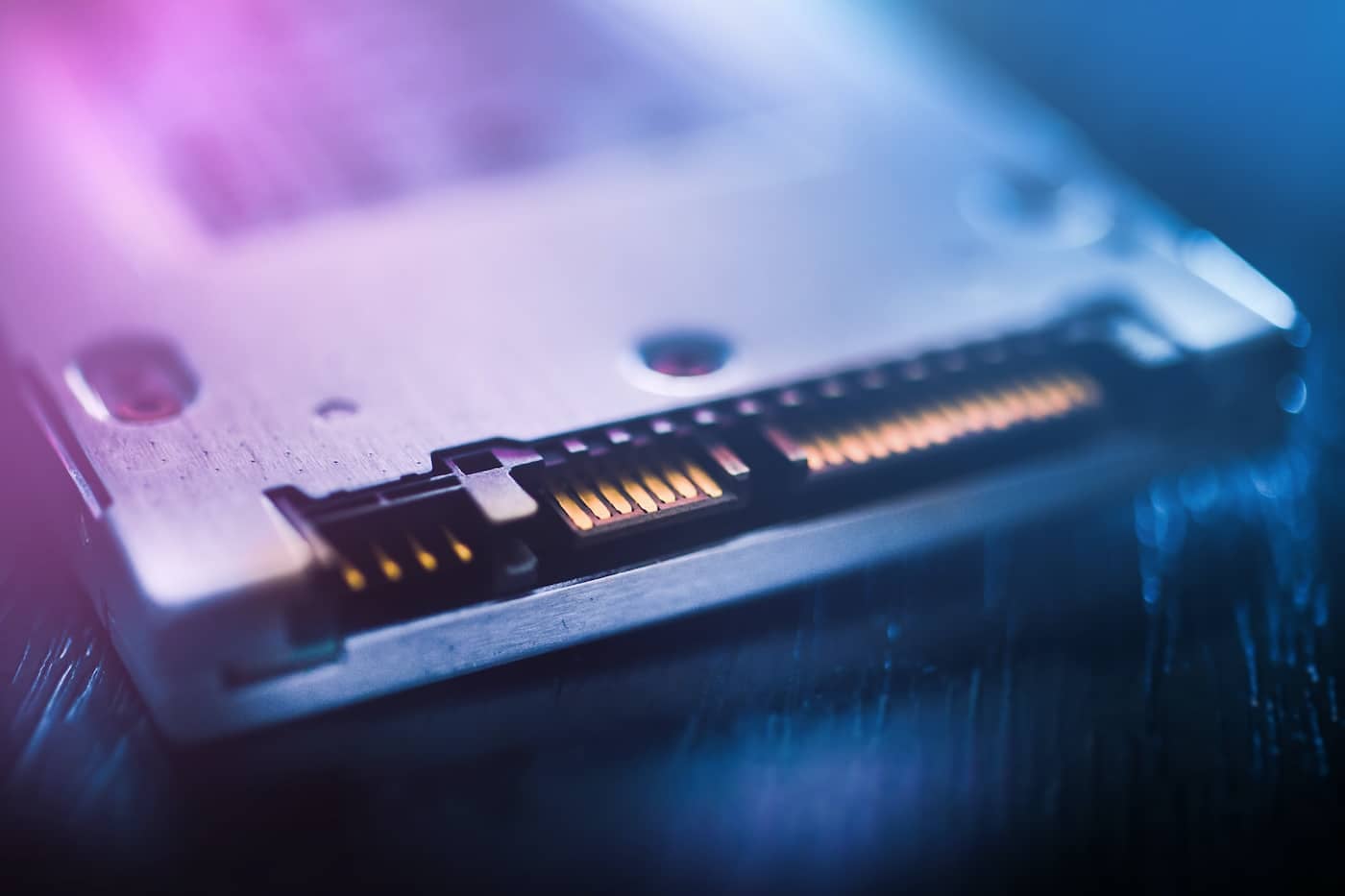Karn's Return
Herp a derp! My name's Skerp!
Somehow, the other day, I managed to completely mess up my USB flash drive, corrupted it somehow to the point where I'm unable to fix using basic command prompt actions via check disk or disk partition.
Pictures of the error below, will give what system information I can.
Windows 7 Home
Intel i3-2100 3.1Gh processor
1TB HDD (no issue with the main drive here itself.)
Culprit being a Kingston Traveler 2.0 USB drive, as far as I've seen, it does not seem to have a physical switch for write protection.
Screenshots I've taken of my efforts to figure this thing out...
Pictures of the error below, will give what system information I can.
Windows 7 Home
Intel i3-2100 3.1Gh processor
1TB HDD (no issue with the main drive here itself.)
Culprit being a Kingston Traveler 2.0 USB drive, as far as I've seen, it does not seem to have a physical switch for write protection.
Screenshots I've taken of my efforts to figure this thing out...






